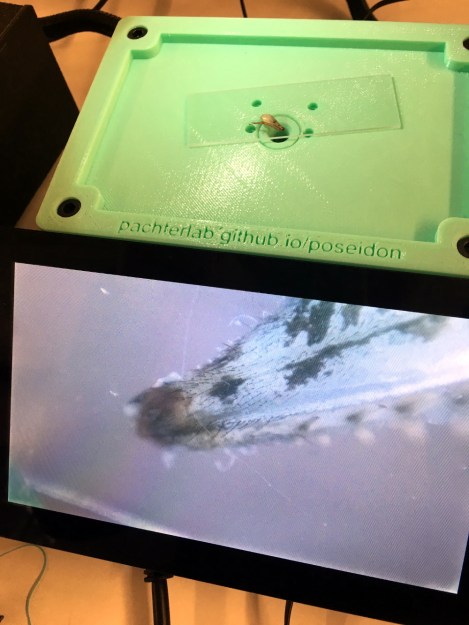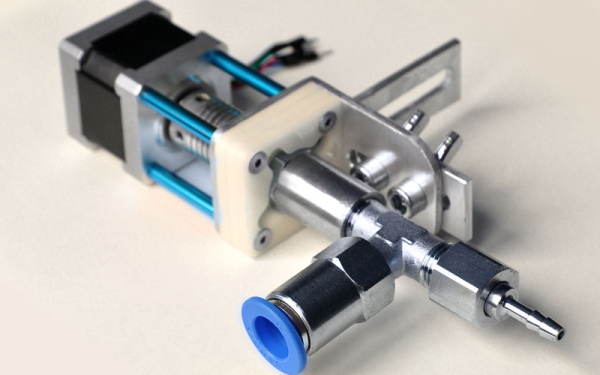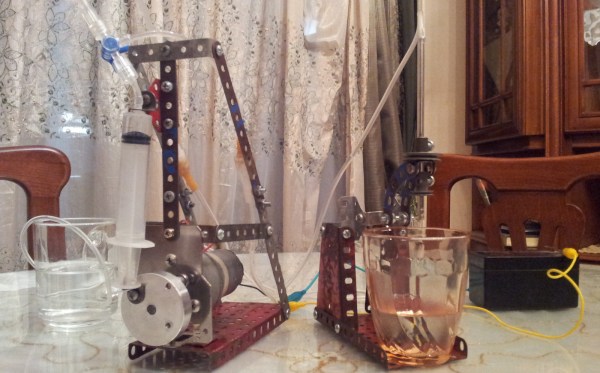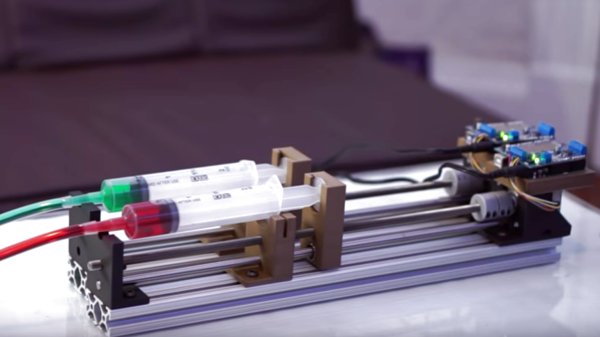While advances in modern technology have allowed average people access to tremendous computing power as well as novel tools like 3D printers and laser cutters for a bare minimum cost, around here we tend to overlook some of the areas that have taken advantage of these trends as well. Specifically in the area of chemistry, the accessibility of these things have opened up a wide range of possibilities for those immersed in this world, and [Marb’s Lab] shows us how to build a glucose-detection lab in an incredibly small form factor.
The key to the build is a set of three laser-cut acrylic sheets, which when sandwiched together provide a path for the fluid to flow as well as a chamber that will be monitored by electronic optical sensors. The fluid is pumped through the circuit by a custom-built syringe pump driven by a linear actuator, and when the chamber is filled the reaction can begin. In this case, if the fluid contains glucose it will turn blue, which is detected by the microcontroller’s sensors. The color value is then displayed on a small screen mounted to the PCB, allowing the experimenter to take quick readings.
Chemistry labs like this aren’t limited to one specific reaction, though. The acrylic plates are straightforward to laser cut, so other forms can be made quickly. [Marb’s Lab] also made the syringe pump a standalone system, so it can be quickly moved or duplicated for use in other experiments as well. If you want to take your chemistry lab to the extreme, you can even build your own mass spectrometer.

















